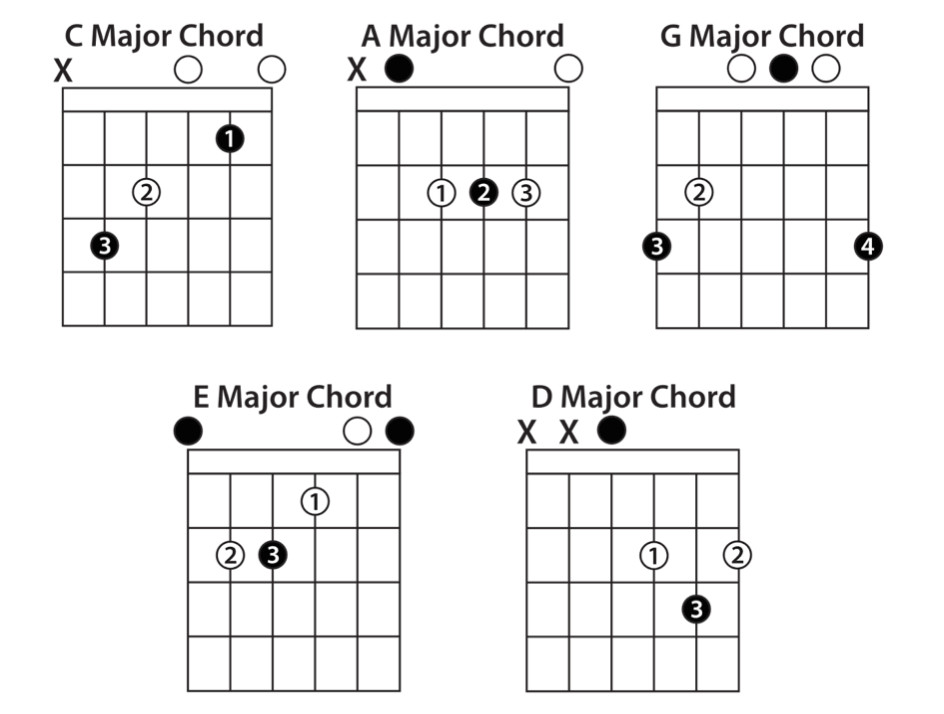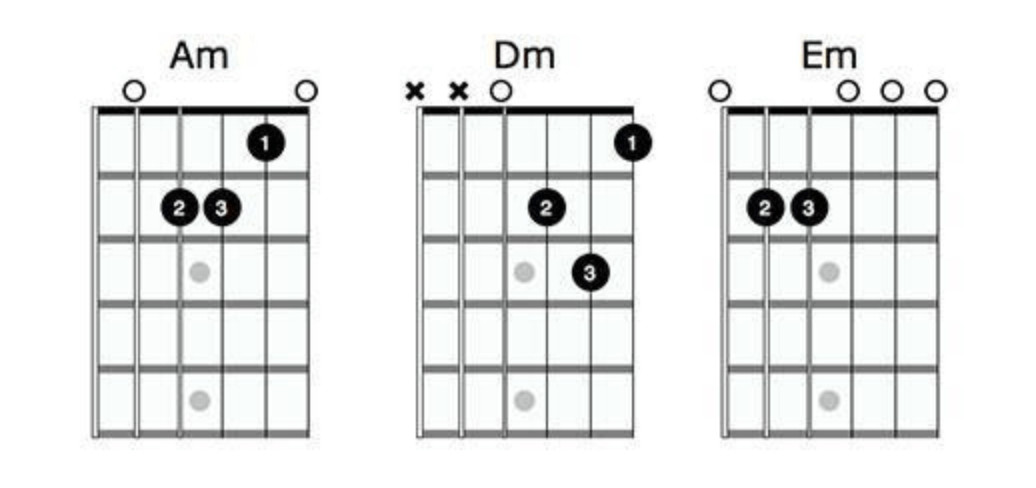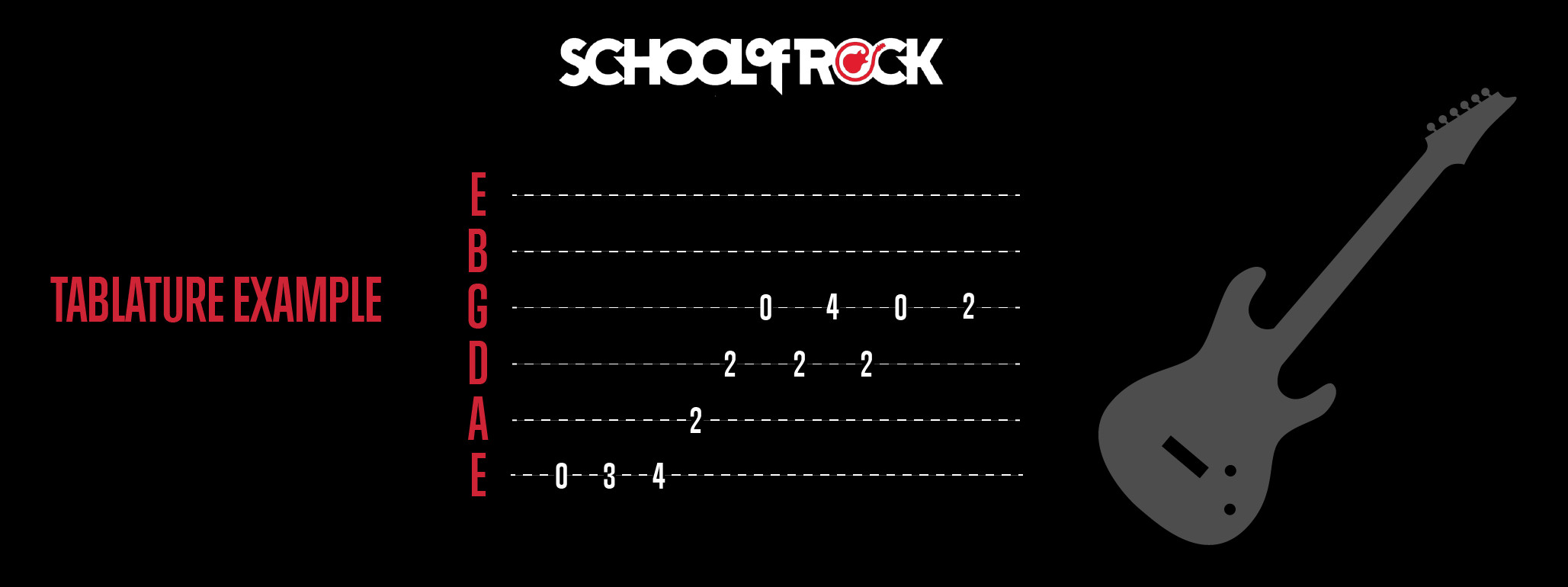Picking up a guitar is exciting! You’re ready to make music, but where do you even begin? Learning Guitar Chords Easy for beginners is the perfect starting point. Chords are the building blocks of harmony in music. They bring songs to life, providing rhythm and depth. Without chords, music would feel incomplete. Most instruments rely on chords to create melodies and songs we love, especially the guitar. Let’s dive into the world of easy guitar chords, discover some helpful tips and tricks, and even explore songs you can start playing right away.
The School of Rock method is all about learning by doing. Students quickly apply what they learn in lessons by performing, which makes learning guitar engaging and fun. You’ll discover the roles of both rhythm and lead guitar. Lead guitar focuses on melodies and solos, while rhythm guitar is all about chords, strumming, and fingerpicking. Mastering chords is essential for both styles. If you’re just starting and need a guitar, check out this guitar-buying guide for tips on choosing your first instrument.
Basic Guitar Chords for Beginners
Learning guitar chords might seem daunting at first. There are many types of chords and different ways to play them. However, starting with the basics makes it much easier. Let’s focus on three fundamental types of chords that are perfect for beginners.
Power Chords
Power chords are often the first chords taught at School of Rock, and for good reason. They are incredibly common in rock, classical, and modern music. What makes power chords guitar chords easy? They generally involve only two or three strings and frets. This simplified finger placement is much easier for beginners to manage. While power chords work on any guitar, they are especially popular with electric guitars. Electric guitars can add distortion to power chords, creating a powerful and dynamic sound that defines many genres. Power chords are fantastic for setting the mood and energy of a song.
Open Chords
Open chords are another excellent choice when you’re looking for guitar chords easy to learn. The term “open” refers to the fact that some strings are played “open,” meaning you don’t need to press down on any frets with your fretting hand for those strings. Like power chords, open chords are easier because they use fewer frets and fingers. However, open chords typically use all six strings of the guitar, creating a fuller sound. The most common open chords are often referred to as the CAGED system. We’ll explore these essential chords and how to play them shortly.
Barre Chords
Barre chords are a bit more advanced and can be trickier for beginners initially compared to power and open chords. However, they are incredibly versatile and valuable as you progress. The beauty of barre chords is that once you learn the shape, you can move it up and down the guitar neck to create a whole family of chords. This means you don’t have to memorize completely new finger positions for every chord – just shift the shape! While the concept is simple, barre chords are known to be challenging at first because they often require one or sometimes two fingers to press down multiple strings at the same fret simultaneously. We will touch on these later as you develop your skills.
Mastering Open Guitar Chords: CAGED and Beyond
Before diving into open chords, it’s crucial to ensure your guitar is properly tuned. Playing in tune is essential for making music sound right! If you’re struggling with tuning, this guide offers helpful tips: beginners-guide-to-tuning-a-guitar.
 Open Guitar Chords for Beginners
Open Guitar Chords for Beginners
Now, let’s explore open chords using the CAGED system. CAGED is a helpful mnemonic used in the School of Rock method because these chords are foundational in many popular songs students learn and perform. Each letter in CAGED represents a major open chord: C, A, G, E, and D. The diagrams below illustrate how to play each of these chords.
Understanding Chord Diagrams
Chord diagrams are visual tools that show you exactly how to play a chord. They indicate which strings to play, which frets to press, and which fingers to use. Think of the diagram as if you’re looking at your guitar neck standing upright.
- Horizontal Lines: Represent the strings of your guitar. The top line is the thickest string (low E), and the bottom line is the thinnest string (high E).
- Vertical Lines: Represent the frets. The space between the vertical lines is a fret.
- “x” above a string: Means that string should be muted or not played.
- “o” above a string: Means the string is played “open,” without any finger pressing on a fret.
- Numbers within the diagram: Indicate which finger to use: 1 = index finger, 2 = middle finger, 3 = ring finger, and 4 = pinky finger. The numbers are positioned on the fret where you need to place your finger. The first row of the diagram represents the first fret, the second row the second fret, and so on.
For example, in the A Major chord diagram: all fingers are on the second fret. Your index finger (1) goes on the 2nd fret of the D string, the middle finger (2) on the 2nd fret of the G string, and the ring finger (3) on the 2nd fret of the B string.
 CAGED Chord Diagrams
CAGED Chord Diagrams
Besides the CAGED chords, here are a few more commonly used guitar chords easy for beginners to learn.
 Additional Beginner Chords
Additional Beginner Chords
Chord Diagrams vs. Tablature
It’s important not to confuse chord diagrams with tablature (TAB). While both are used to help guitarists, they represent information differently. Tablature is designed to show you where to play specific notes on the guitar, string by string.
In tablature:
- Horizontal Lines: Represent the guitar strings, but in reverse order compared to chord diagrams. The top line is the thinnest string (high E), and the bottom line is the thickest string (low E).
- Numbers on the lines: Indicate the fret number to be played on that string. “0” means an open string.
So, reading tablature is like reading a map of the guitar fretboard for melodies and riffs, while chord diagrams are like blueprints for forming chords.
 Guitar Tablature Example
Guitar Tablature Example
Chord diagrams are incredibly useful because they not only show you how to position your fingers to play a chord, but they also suggest efficient fingerings that make transitioning between chords smoother. With practice, these chord shapes will become muscle memory, and you won’t need to rely on diagrams anymore.
Tips for Playing Guitar Chords Easily
As you learn these and other guitar chords easy for beginners, keep these tips in mind:
- Fret Close to the Fret Wire: On your guitar neck, you’ll notice thin metal bars separating the frets. Press down just behind these bars, closer to the metal, not in the middle of the fret space. This requires less pressure and produces a clearer sound.
- Use Your Fingertips: Position your fingers so that you’re pressing down with your fingertips. Keep your fingers arched, like a “C” shape. This ensures you press down cleanly on the intended strings without accidentally muting adjacent strings.
- Play Each String Individually: After forming a chord, strum each string separately. This helps you identify if any string is buzzing or muted. If a string doesn’t sound clear, adjust your finger pressure or position until it rings out cleanly.
- Practice Fretting and Unfretting: Practice transitioning into and out of chords. Form the chord, strum it, then release your fingers, and repeat. You can also hover your fingers just above the frets in the chord shape while unfretted to prepare for quick transitions. This builds muscle memory and speed.
Popular Songs with Easy Guitar Chords
Now that you know some basic guitar chords easy to learn, let’s explore some popular songs you can play using these chords. Many famous songs rely on simple chord progressions, making them perfect for beginner guitarists. Here are some songs using CAGED chords and basic minor chords:
- Sweet Home Alabama by Lynyrd Skynyrd: This classic uses just three chords: C, G, and D, making it incredibly beginner-friendly.
- Bad Moon Rising by Creedence Clearwater Revival: In the key of D, this song also uses three chords: G, D, and A.
- Love Me Do by The Beatles: This early Beatles hit is in the key of G and features G, C, and D chords.
- Eleanor Rigby by The Beatles: In E minor, this song primarily uses C and variations of Em chords.
- Time Of Your Life by Green Day: This acoustic favorite is in G and uses G, C, Cadd9, and D5 power chords. However, you can easily substitute a regular D major chord for the D5 power chord for an easier version.
- Island in the Sun by Weezer: This catchy tune uses four chords throughout: Em, Am, D, and G. The bridge section uses power chords, offering a chance to practice both open and power chords.
- Boulevard of Broken Dreams by Green Day: In F minor, this song uses Em, G, D, and A. Power chords are also used toward the end, making it another great song for practicing both open and power chords.
More Popular Songs for Beginner Guitarists:
- Hey There Delilah by Plain White T’s
- Hallelujah by Leonard Cohen
- Redemption Song by Bob Marley
- Smoke on the Water by Deep Purple
- Stairway to Heaven by Led Zeppelin
- Hotel California by Eagles
The Simplicity of Power Chords
Power chords are even simpler than open chords in some ways, and they share similarities with barre chords. Compared to open chords, power chords have fewer notes, meaning fewer strings and frets to worry about. Let’s compare an A major chord and an A5 power chord. An A major chord contains the notes A, C#, and E. An A5 power chord has just A and E. The A major chord includes the root, third, and fifth intervals, while the A5 power chord focuses on the root, fifth, and octave (which is the same note as the root, just higher). Essentially, they share the root and fifth notes. The key difference is that power chords omit the third.
The “third” interval in a chord determines whether it’s major or minor. Since power chords lack a third, they are neither major nor minor. This neutrality makes them incredibly versatile; you can use a power chord in place of either a major or minor chord in many musical contexts. Experiment and listen to the difference between open chords and power chords to train your ear.
Power chords also have a connection to barre chords. A common way to play power chords is using a “finger barre” technique, where one finger presses down two strings at the same fret. This is like a simplified barre chord, and practicing power chords this way is an excellent stepping stone to learning full barre chords.
What kind of music is perfect for power chords? Classic rock and much of today’s pop music heavily feature power chords. In School of Rock’s Rock 101 program, beginner guitarists learn power chords specifically for playing rock music. Here are some songs that use power chords and are great for practice:
- Wild Thing by The Troggs: This garage rock anthem focuses on A5, D5, and E5 power chords, with some G5 power chords thrown in.
- Let It Be by The Beatles: You can play this classic using either open chords (C, G, Am, F) or power chords. Using power chords like C5, G5, and F5 provides a rockier edge.
- Rock and Roll by Led Zeppelin: A quintessential rock song built on A5, D5, and E5 power chords.
- I Love Rock and Roll by Joan Jett: This iconic rock anthem uses E5, A5, and B5 power chords.
- When I Come Around by Green Day: This entire song is based on power chords: F#5, C#5, D#5, and B5.
- Rockin’ In the Free World by Neil Young: Starts with power chords (E5, D5, C5) and then transitions into a mix of open and power chords (Em, D, C).
 More Beginner Guitar Chords
More Beginner Guitar Chords
Ready to Learn More?
Now that you’ve explored guitar chords easy for beginners and some songs to play, are you excited to put your knowledge to use? Or perhaps you’d like some guidance? School of Rock is here to help! We offer private music lessons and a variety of music programs designed to get you started on the right musical path. Programs like Rock 101 and the Performance Program help beginners and intermediate players apply what they learn in lessons to performing real songs with a band. Through these programs and lessons, students develop into skilled musicians while learning valuable life skills like teamwork and gaining real-world experience. Many of the songs mentioned in this article are part of these programs. You’ll learn open guitar chords, power chords, and even delve into music theory in a fun, performance-based environment. If you’re interested in taking your guitar playing to the next level, contact your nearest School of Rock location to learn more!
About the Author:
Miranda Morales is a guitar and keyboard instructor at School of Rock Easton in Pennsylvania.
